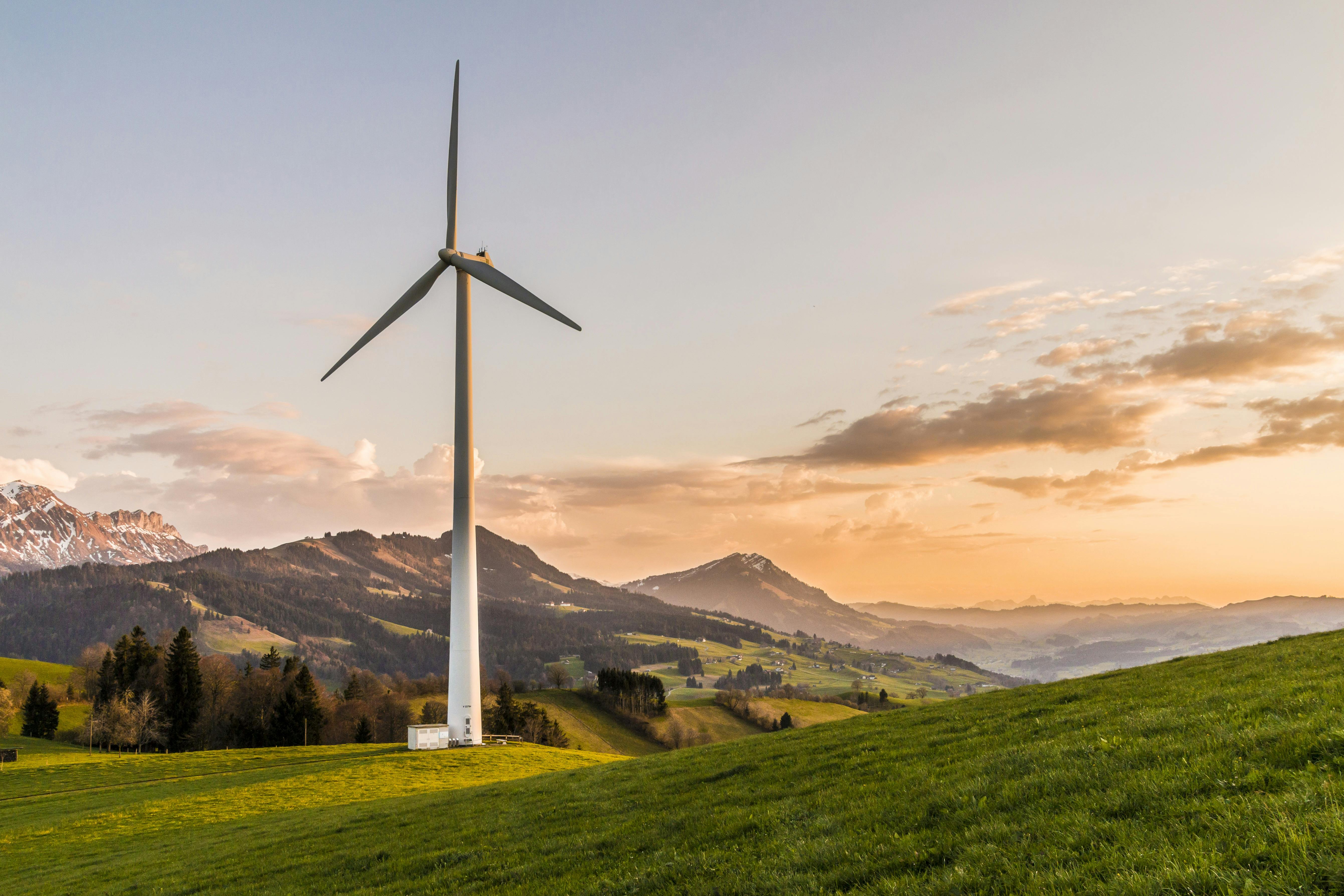Key Highlights
- Climate change affects everyone, but its impact on women, particularly in vulnerable communities, is disproportionately severe.
- Women often face barriers to climate action leadership, including limited access to education, technology, and financial resources.
- Despite these challenges, women are emerging as powerful agents of change, driving innovation in renewable energy, sustainable agriculture, and waste management.
- Empowering women economically and socially is crucial to unlocking their full potential in tackling climate change effectively.
- Bridging the gender gap in climate action is not just a matter of social justice; it is also essential for achieving a sustainable future for all.
Introduction
The urgency of climate change calls for everyone to work together. In this global effort, the role of women is becoming very important for a sustainable future. We need to empower women, not only as people who receive help but also as leaders, innovators, and decision-makers. This is crucial to tackle the climate crisis effectively. Acknowledging the special challenges women face because of climate change is key. Their unique skills and viewpoints can help create strong strategies for dealing with the problems that climate change brings.
The Impact of Climate Change on Women

Climate change affects everyone differently. It makes existing problems worse, and women, especially in poor countries and overlooked areas, usually suffer the most. They have limited access to resources. Along with cultural norms, this makes them more vulnerable to disasters caused by climate change, food and water shortages, and health problems.
For example, in many places, women are mainly in charge of collecting water and firewood. Droughts and deforestation make these tasks harder. Women often rely on farming or using natural resources for their work. Changing weather and fewer resources put their financial security and health at risk.
Understanding the Disproportionate Effects
The effects of climate change hit women harder due to long-standing gender inequality. Women face a gender gap in areas like education, healthcare, land ownership, financial services, and technology. This gap makes it hard for them to deal with climate risks.
Social norms and power systems often keep women out of decision-making roles at home and in their communities. Because of this, their views and experiences are left out of climate policies and plans. This oversight makes climate action less effective and fair.
We need to create gender-responsive climate policies and programs. These need to recognize the special challenges women face and use their knowledge and skills as key players for change.
Case Studies from Around the World
Many organizations are aware of the important role women play. They are working to promote women’s leadership in climate action. An example is WISF (Women in Sustainable Finance). This is an international network of women in the financial field. WISF helps women in finance focus on sustainable investments. It aims to make the financial system more inclusive and responsible toward the environment.
In different areas and sectors, women are taking the lead in:
- Creating and using renewable energy technologies
- Encouraging sustainable farming methods
- Managing community-based adaptation and resilience projects
- Pushing for climate policies that consider gender issues
These efforts show that when women have equal chances and support, they can be strong drivers of sustainable development.
Women as Innovators in the Fight Against Climate Change

Women have special knowledge and experiences in their communities. This knowledge is very important for creating practical and lasting solutions. They understand the local environment, how to manage resources, and what their communities need. This helps them create climate action strategies that have a big impact.
Also, women often lead efforts to change behaviors in households and communities. They help encourage responsible use of resources, adopt energy-saving technologies, and teach younger generations to care for the environment.
Pioneering Renewable Energy Solutions
Women are taking charge in both rural areas and cities by using renewable energy solutions. They work in every part of this process. This includes creating clean energy technologies and installing solar panels, wind turbines, and biogas systems. These projects help give access to clean energy, which lowers the need for fossil fuels, and they also create economic opportunities for women.
When women succeed in the renewable energy field, they gain financial independence and help support sustainable practices. Many female entrepreneurs are starting businesses that provide solar lights, clean cooking options, and energy access to remote areas. This helps improve lives and supports the environment.
By encouraging more women to join the clean energy movement, we can speed up the move towards a low-carbon future. This way, we can create a fair and just transition for everyone.
Sustainable Agriculture and Waste Management Initiatives
Women play a key role in food security and managing natural resources. They use sustainable farming methods to help with climate change and lessen the impact of farming on the environment. They focus on agroecology, saving water, and growing crops that can handle climate changes. This work improves food security and helps fight climate change at the same time.
In addition, women are leading the way in waste management. They start community recycling programs, encourage composting, and turn waste into useful materials. These actions not only cut down on pollution but also create economic opportunities and improve health and sanitation in their communities.
When we support women in farming and waste management, we can use their skills and leadership to build stronger and more sustainable communities.
Barriers to Female Leadership in Climate Action
Women play a key role in climate action, but they still face many obstacles. These obstacles often come from deep-rooted social rules, unfair policies, and gender-based inequalities. Fixing these issues is important for fairness and is also essential for effective climate action.
These challenges show up as fewer chances for education, training, and resources. This limits what women can do to help with climate solutions. On top of this, strict cultural expectations can hold back their mobility, lessen their power in decision-making, and push them away from careers in fields like renewable energy and technology, which are often dominated by men.
Socioeconomic Challenges and Access to Education
Many women, especially in poorer countries, face big problems that stop them from becoming leaders. They deal with poverty and cannot access education or healthcare. They also have little control over resources. These issues make it hard for them to get education, training, and jobs related to climate action.
It’s very important to invest in girls’ education. Women should have the same chances to get good education, especially in STEM fields like science and technology. Education gives women the knowledge, skills, and confidence they need to lead climate action projects and find new solutions for their communities.
Also, it is key to tackle other issues, like getting access to healthcare, financial services, and owning land. This support will help create a better environment for women to grow as leaders and make a difference.
The Gender Gap in Green Job Opportunities
Despite growing green job opportunities, women remain underrepresented in these sectors. The gender pay gap persists, and women often lack access to training and networks needed to advance in their careers. Increasing female labor force participation in the green economy is not just about equality; it is about harnessing the full potential of the workforce to drive innovation and accelerate the transition to sustainability.
Overcoming these barriers requires a multifaceted approach, including:
- Promoting gender-responsive policies that support women’s entrepreneurship
- Providing mentorship and networking opportunities
- Eliminating discriminatory practices in hiring and promotion
| Sector | Gender Pay Gap (Global Average) | Female Labor Force Participation |
| Renewable Energy | 15-20% | 32% |
| Sustainable Agriculture | 20-25% | 43% |
| Green Building and Construction | 10-15% | 10% |
Conclusion
Women are very important in leading climate action, facing challenges, and making lasting changes. Their fresh ideas in renewable energy and farming are motivating. When we empower women and close the gaps in gender, we can reach a more sustainable future for everyone. It is essential to support women leaders, hear their voices, and create a greener and more inclusive world. Together, we can push for climate action and build a better tomorrow. Join us in promoting gender equality and caring for the environment.
Frequently Asked Questions
How are women uniquely affected by climate change?
Climate change makes gender inequalities worse. Women often have limited access to resources. Social and cultural norms, along with low representation in decision-making, make them more vulnerable to the effects of climate change. This situation blocks sustainable development and shows why it’s urgent to include international networks of female professionals.
What roles can women play in combating climate change?
When we focus on women’s empowerment, we open up female potential in climate action. Women play a key role in renewable energy and sustainable farming. They also push for policy changes and help unite communities. Their involvement is important for a sustainable future. This is true even in the private sector, where achieving gender parity is essential.
Can empowering women lead to more sustainable agricultural practices?
Empowering women in sustainable farming has a big impact. When women get equal access to tools, learning, and job chances, they help move sustainable development forward and support inclusion.
How does female leadership influence decisions on climate action?
Female leaders offer different views and priorities. This helps make climate action more inclusive and effective. Filling the gender gap in leadership roles and governance helps us create better and fairer climate strategies.
What initiatives support women’s participation in green jobs?
- Programs that help women join green jobs include training, mentorship, and networking events about sustainability.
- Companies that provide flexible work options and equal pay also help empower women in the eco-friendly workforce.


Your point of view caught my eye and was very interesting. Thanks. I have a question for you. https://www.binance.info/en-IN/register?ref=UM6SMJM3